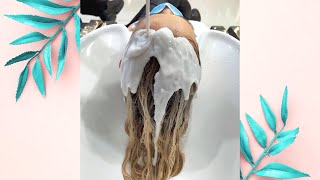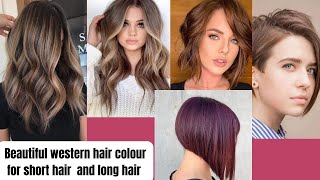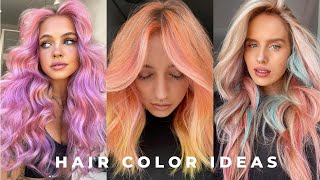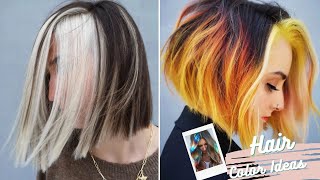Donating Color-Treated Hair: Everything You Need to Know
If you’re interested in donating hair for charity, there are many organizations you can find. However, some people who might want to donate hair have color-treated hair and may have trouble finding organizations that accept your highlighted locks or dyed hair. You might ask yourself if there’s a way to remedy this problem?
Before looking into donating color-treated hair, you should consider finding out which organizations can accept it and what guidelines you must follow to do so. By following these guidelines, you can still donate your stylized hair.
What Qualifies as Color-Treated Hair?

Color-treated hair is the result of cosmetically changing your hair color to restore your natural color, hide gray hair, or pick a new color to suit you. Some examples of the types of color-treated hair you can get include:
- Highlights
- Lowlights
- All-Over Color
- Balayage
- Ombre
Can You Donate Dyed Hair and Color-Treated Hair?

Contrary to popular belief, there are several places and organizations where you can donate color-treated and dyed hair. Several hair donation organizations, such as Children with Hair Loss and Locks of Love, accept color-treated or dyed hair.
When finding an organization that accepts dyed or color-treated hair for donation, be sure to research if you’re allowed to do it. Some organizations turn down color-treated hair because its chemical treatment could lead to damaged or dried out hair and lower its quality for donation.
In some cases, organizations may ask you to wash out temporary highlights or dyes thoroughly before donating them.
What Guidelines Do I Follow to Donate My Hair?
Before donating your color-treated hair to the right organization, there are other factors you must consider before preparing it for donation.
Find Out What Kind of Hair They Accept
While some organizations accept color-treated hair, others may have more restrictions on what can and can’t be accepted. People with dyed hair, chemically-treated hair colors, permed, or gray hair should check if their hair meets the organization’s guidelines.
A general rule of thumb for donating hair is to keep your hair clean, dry, and fresh. For organizations that allow color-treated or dyed hair, the hair needs to be in good condition to be accepted. If your dyed hair has very few split ends, it’s good to go.
Some places can accept hair that’s entirely gray or has a small percentage of gray, while other organizations specializing in donating hair for kids don’t accept gray hair at all.
Some places that accept dyed or treated hair might not accept hair that’s bleached or gray. These rules also apply if you’re donating dreadlocks.
Find Out the Minimum Length for Your Hair Donations

Regardless of what type of hair you want to donate, you’ll need to know what length requirements you need to fulfill. Organizations typically accept a donation with a minimum length of at least 8 inches, while others require a length of over 10 inches.
If you have curly hair, you’re required to straighten it out to measure its correct length for approval. It would help if you also tied your donated ponytails or braids into sections to prevent it from losing any inches before sending it out.
Only Donate Recently Cut Locks
When donating dyed hair, you typically need it to be recently cut. Many organizations won’t accept cut hair done years ago as a donation due to the hair damage that violates manufacturing wigs’ guidelines. It would be best if you didn’t use any locks of hair over a year old.
Final Thoughts
When you want to donate your hair for charity, there are many components you need to look over before donating color-treated hair. It’s crucial for the hair’s quality to match the necessary standards to give hair to those in need.
While donating color-treated or dyed hair might be challenging to some, it’s not impossible. You need to keep track of how you treat your hair and see how each organization sets up its donation guidelines.
If you’re ready to donate your color-treated hair, track your length, keep it healthy, and donate it as soon as you can. It’s an excellent way to give yourself a new look and help others, even when you have hair with unconventional colors.




